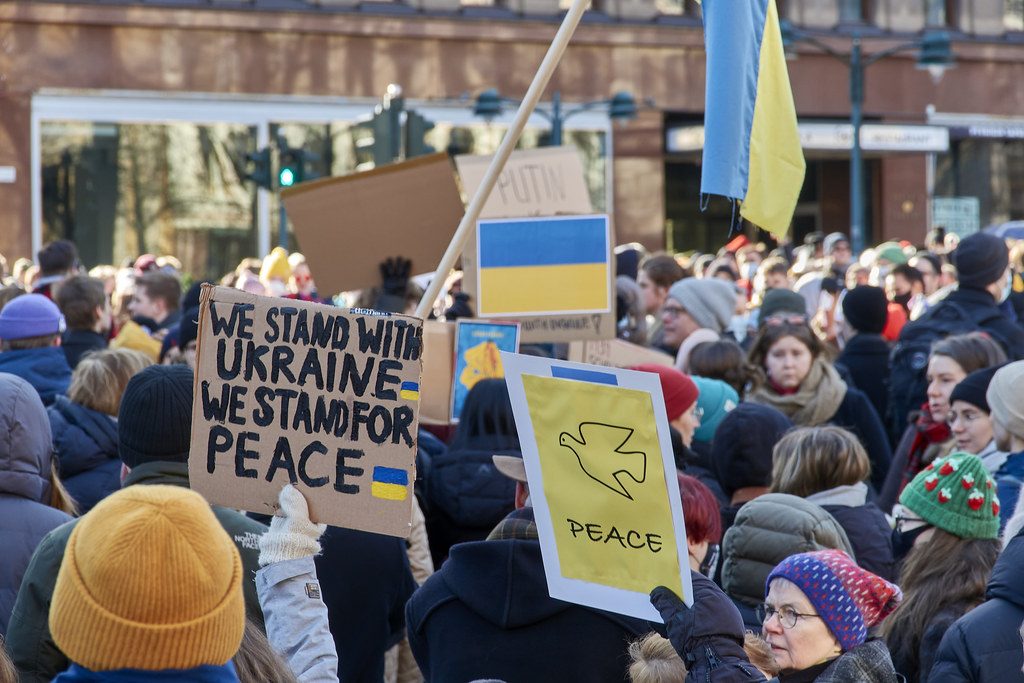
NEWS


NEWS
Published
Dr Keijo Lakkala (Postdoctoral Researcher at the University of Lapland) draws on findings from the first work package of ReDigIm (a discourse analysis of newspaper articles) to discuss the utopian orientations reflected in Finnish redistributive practices.

In my role as a ReDigIm researcher, I have been spending a lot of time reading Finnish newspapers and looking for debates and discussions about economic redistribution. I have been collecting data about discussions of redistribution from five major newspapers with different political alignments: centre-right Helsingin Sanomat (‘The Helsinki News’), right-wing Ilta-Sanomat (‘The Evening News’), right-wing Aamulehti (‘The Morning Newspaper’), social democratic Demokraatti (‘The Democrat’) and left-wing Kansan Uutiset (‘The People’s News’).
However, as a researcher with a background in utopian social theory, I have also read this data from a more utopian point of view. What kind utopian orientations can we find from the data? What kind utopian orientations can we see in the way Finnish people carry out their redistributive practices? In this blog post I will elaborate on some of the ideas I have been developing in the context of the ReDigIm research project.
In the Finnish media context there seems to be two basic ways to imagine redistribution: (1) formal redistribution through the state, municipalities and other public institutions (e.g. the European Union), and (2) informal, more face-to-face, reciprocal forms of redistribution. The first, formal way of redistribution seems in the Finnish context to be the hegemonic way of understanding economic redistribution: it is the state that collects taxes and redistributes resources for welfare services and makes investments. The role of the welfare state is an important and constantly debated topic in Finnish politics, and every political party usually wants to defend the welfare state (or ‘welfare society’ as the right-wing parties want to call it) in some form.
The role of the welfare state was even more important during the Covid-19 crisis when public institutions were given redistributive agency. Unlike in many other countries, public discussions about redistribution were much less about different forms of mutual aid and reciprocal services given by citizens to each other. The Finnish discussions revolved almost exclusively around the roles of the state, municipalities and the European Union.
The contrast is then striking when the war in Ukraine broke out in the spring of 2022 and refocused the Finnish discussions about redistribution on the different ways the Finnish people practiced mutual aid and charity when helping Ukrainian refugees. Instead of public instutions, the redistributive imagination of the Finnish press seemed now to allow more agency to ordinary Finns. When compared to the case of the Covid-19 crisis, the Ukraine crisis seemed to emphasize the Finnish people’s desire to help Ukrainians on the level of everyday life.
This shift in redistributive imagination can be clarified with the distinction made by Karl Polanyi between the concepts of ‘redistribution’ and ‘reciprocity’. For Polanyi, redistribution refers to a central sovereign that collects and redistributes resources among a constituency bound to a territory; the movement of resources is toward a center and out of it again. Reciprocity, on the other hand, refers to movements of resources between symmetrical groupings that bypass the sovereign central power and market exhange relations. We can understand this distinction as analogical to the distinction made in the beginning of this blog post between formal and informal ways of redistribution.
It is possible to develop the concept of reciprocity in further directions. One way to develop it is to connect it to the idea of ‘baseline communism’ as developed by anthropologist David Graeber. According to Graeber, baseline communism can be identified wherever people act according to the famous communist principle ‘from each according to their abilities, to each according to their needs’. The way in which the Finnish people showed their solidarity (at least according to the Finnish press) to Ukrainian refugees can be seen as an application of this principle.
To follow the work of utopian scholars Lucy Sargisson and Lyman Tower Sargent, it is possible to see this solidarity as a form of ‘lived utopianism’ embodying egalitarian and communal values. Of course there is no intentional utopian programme present in the solidarity shown by Finns toward Ukrainians. However, these expressions of solidarity can be interpreted as a prefiguration, as a glimpse of alternative, more solidary ways of arranging social relations. To follow the writer Rebecca Solnit, these expressions of solidarity can be seen to build ‘a paradise in hell’. To use a concept formulated by sociologist Erik Olin Wright, we can see ‘real utopian’ elements in these redistributive, reciprocal practices.
However, one should be careful with these kinds of utopian readings of the data we have collected. There are darker, more dystopian aspects in the Finnish desire to help Ukrainians. In the past not all refugees have been treated with same humanism as Ukrainian refugees were treated in the spring of 2022. The contrast is striking when we compare how Syrian refugees were treated in the 2015 refugee crisis when racist right-wing demonstrations inspired violent attacks against the refugees. It seems that in Finland there is a double standard when it comes to refugees from different parts of the world.
If the solidarity shown by Finns toward the Ukrainians can be interpreted as utopian at all, it is utopian in a very limited form.